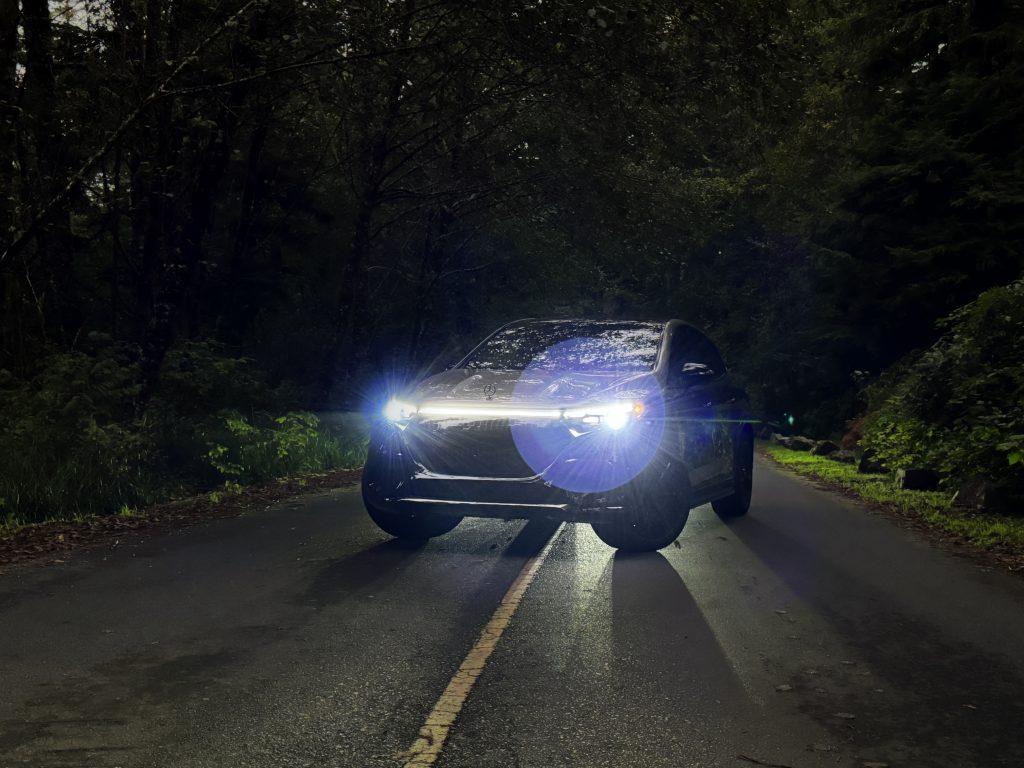Road Trip: From Shanghai to Hangzhou with Mercedes-Benz
Driving through congested cities, bamboo forests and more in China’s Yangtze River Delta

by Jaclyn Trop
Getting a driver’s license in China isn’t easy. But after reams of paperwork, a battery of medical tests, and three hours watching closed-circuit television crash footage at a Shanghai police station, you might be lucky enough to be handed a driving permit and deemed fit to hit the road.
On our road trip, the destination was a trio of cities: Suzhou, Moganshan and Hangzhou—all along the Yangtze River Delta. Overshadowed on the global stage by Shanghai and Beijing, the river delta region (unofficially known as the Golden Triangle) ranks as China’s wealthiest. It’s also home to Mercedes-Benz’s largest Maybach showroom, eco-resorts and luxury hotels. Within China, more than 300 “small cities” boast populations exceeding one million, while more than 30 cities teem with at least eight times that. This rapid urbanization of the Yangtze River Delta—which represents what is possibly the world’s largest concentration of adjacent metropolitan areas—means more first-time drivers, more cars and, as we soon discovered, much more traffic.

“Imagine entire cities with millions of drivers who have been driving for only two years,” is the refrain used by industry experts to describe China’s nascent road culture. China is the world’s largest market for new cars and the fastest-growing, too—resulting in an unusual mix of sedans and SUVs thronged by rickshaws and bicycles. About 70% of these drivers are first-time buyers with no motoring experience, according to Guan Shaoqing, Daimler’s head of PR in China. Nearly a quarter of the country’s Mercedes customers haven’t owned or driven a car before. The confluence of youth, money and a newfound appetite for driving helps skew the average age for a luxury car buyer in China to around 35 years old, notably younger when compared with more mature markets. “For carmakers in China, it’s very important to address the diversity of the country,” Shaoqing tells us. That means providing high-end offerings, such as a potential Maybach SUV, for China’s billionaires, as well as more affordable, youthful compact cars like the Mercedes-Benz A-Class. The automaker debuted both vehicles at Auto China 2018, the biennial motor show in Beijing, last month.

The first leg of our journey—a 70-mile drive from Shanghai (whose population is 24 million) to Suzhou—took all day, bringing new meaning to the term “gridlock”—even for the Angelenos on the trip. We delayed our departure in a coterie of 10 Mercedes-Benz C- and E-Class models (with long wheelbases made specifically for the Chinese market) until 10AM in an effort to avoid rush hour. Still, for nearly the entire route, we crawled through traffic clogging the roads to Suzhou. Along the way, we witnessed a swerving medley of semi-trucks, buses, bikes, and rickshaws that reflected the looped crash footage we saw the afternoon prior while waiting for our licenses to be processed.
Six hours later, the E-Class’s navigation system signaled the end of our white-knuckled drive, depositing us for our night’s respite at the Scholar’s Hotel, along one of Suzhou’s main arteries. Happy to stretch our legs and explore the city on foot, we walked through the nearby market stalls, sampling dumpling shops, and wandering the Humble Administrator’s Garden, an urban oasis.

Next morning, we piled back into our convoy for the drive to Moganshan, a leafy preserve sometimes called “the Hamptons of Shanghai.” This time, we were behind the wheel of a sporty C-Class that allowed us to take advantage of winding roads we found tucked into the mountainside. As we neared our destination, traffic thinned, giving way to open space, fresh air, and fields of green tea. We alighted at Naked Stables, an eco-resort featuring lush greenery, rolling hills, and bamboo forests. Our visit coincided with the height of April’s tea harvest, and we recuperated from another day on the road with an hour-long tea ceremony led by one of the resort’s experts. Sitting cross-legged in an open hut perched on a cool lake, we sipped and savored several rounds, marveling at the stark contrast from the urban jungle we left behind.

After a restorative night in the mountains, we jumped into an elegant E-Class and set out for Hangzhou, one of the most luxurious cities in China and home to some of the country’s best-known tech companies. Several hours but not many miles later, we found our hotel as the sun began to set and we weary travelers stumbled through the inviting doors of the Four Seasons on West Lake, a pagoda-shaped haven with an infinity pool that leaves no doubt regarding the hotel’s status as a sanctuary within the big city.
Settling in at the lush hotel, there was time to consider how three days of low-mileage, high-traffic driving lends a new appreciation for luxury conveyances and their power-adjustable, cushioned seats. The appetite for luxury vehicles is not driven by status alone but also comfort—perhaps especially in China. Commutes there are longer and slower than in the US, and involve more idling.

In Hangzhou, we visited the country’s only free-standing Maybach dealership, a multi-level showroom with a private bar and restaurant. This dealership sold 242 Maybachs last year—that’s nearly one per weekday, a frenzied clip for one of the world’s rarest and most expensive marques.

On our drive back to Shanghai, we missed our turn into a downtown parking lot, costing about three hours in rush-hour traffic and capping an intense week on the road. The next day we departed for the auto show in Beijing—this time, by train.
Images courtesy of Mercedes-Benz











